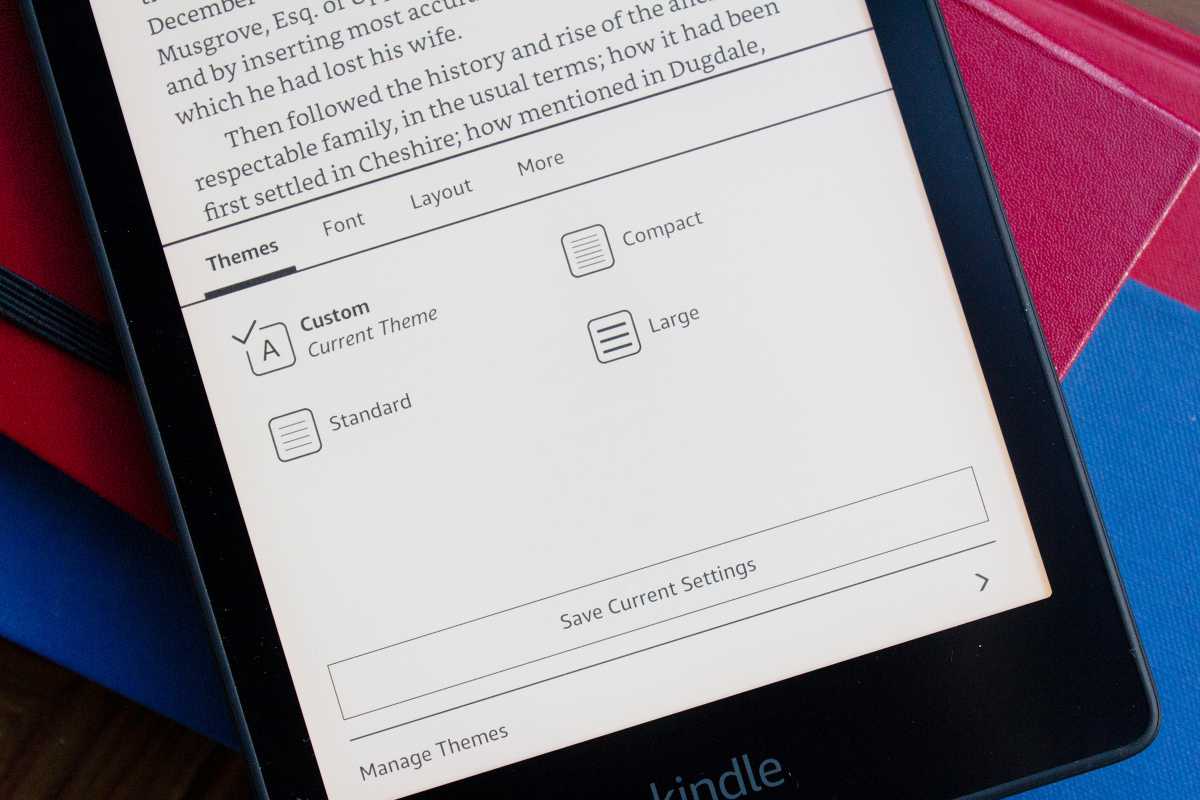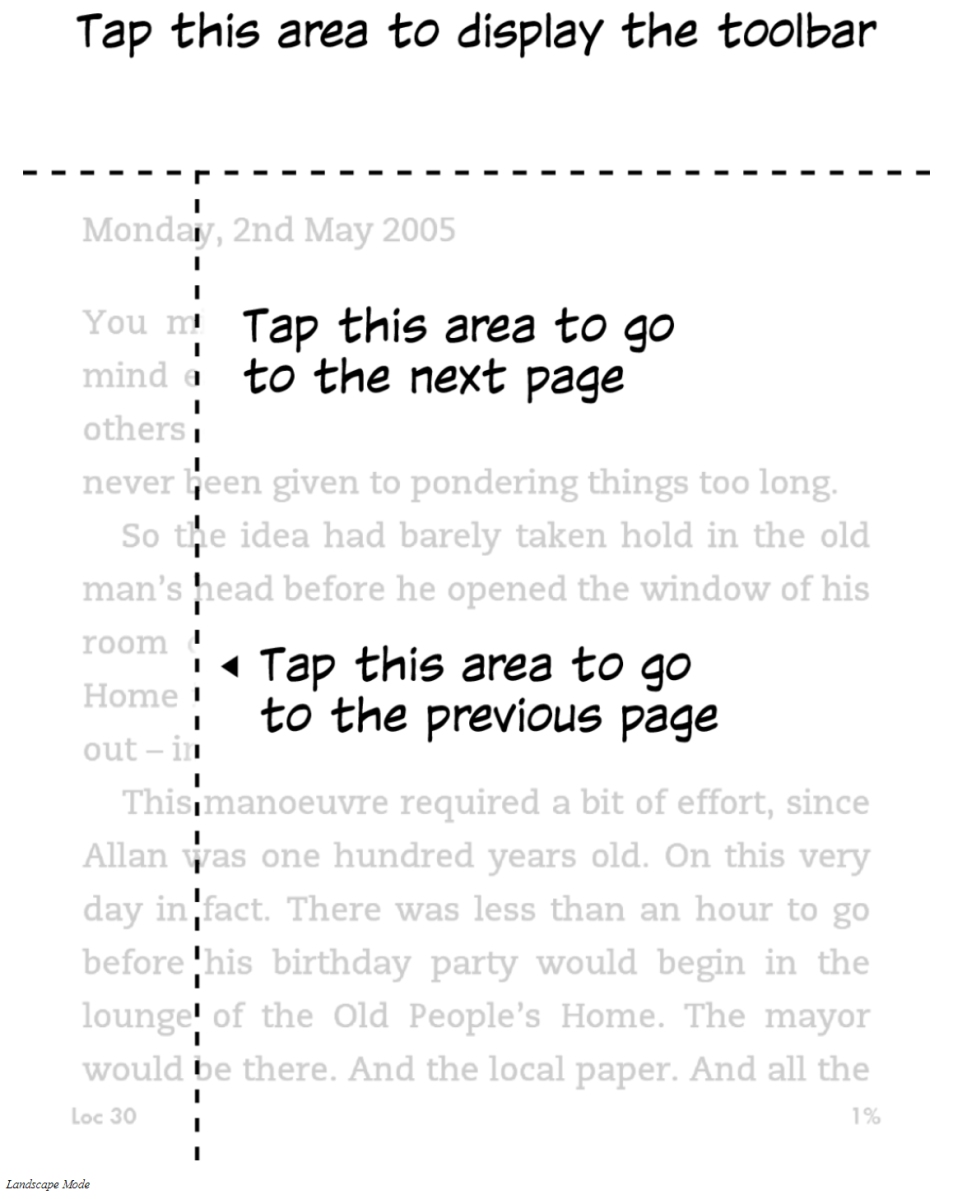Kindle Paperwhite (2021) review: Luxurious updates raise the bar—and the price
At a glance
Expert’s Rating
Pros
- Larger screen (6.8-inch)
- Long battery life (up to 10 weeks+)
- Front lighting is more even and supports cool and warm tones
- Automatic screen brightness & wireless charging support (Signature Edition)
- USB-C charging port
Cons
- Higher price
- Noticeably heavier than previous model
- Limited navigation options
Our Verdict
The higher starting price of the 2021 Kindle Paperwhite is commensurate with its luxurious, comfortable reading experience. A bigger screen, higher-resolution, and an improved front light make it an extremely appealing e-reader in its own right, and it’s even harder to say no to it during one of Amazon’s semi-frequent sales.
Best Prices Today
$139.99
Free
The last time Amazon updated the Kindle Paperwhite, the changes were dramatic. Our review of the fourth-generation model called them a “raft of innovations,” with waterproofing and twice the amount of storage among the standout upgrades.
The enhancements in the new fifth-generation Kindle Paperwhite are less revolutionary. Outside of the larger 6.8-inch screen, they’re refinements—ones that make the digital reading experience more comfortable…and expensive.
Kindle Paperwhite (2021): Specs, features, price
- Storage: 8GB standard version or 32GB Signature Edition
- Display: 6.8-inch, 300ppi,16-level grayscale
- Front light: 17 LEDs with adjustable color temperature (white/amber)
- Dimensions: 6.9 x 4.9 x 0.32 inches (175.2 x 124.6 x 8.1 mm)
- Weight: 7.23 ounces (205g) for 8GB version; 7.34 ounces (208g) for 32GB Signature Edition
- Connectivity: Wi-Fi 5 (802.11ac), Bluetooth
- Battery life: Up to 10 weeks on a single charge
- Charging: Via USB-C port (both versions), or optional 10W Qi-certified wireless pad (Signature Edition)
- Special offers: Ad-free versions are $20 extra. Same cost to remove ads later on
- Price: $140 (ad-supported), $190 (ad-supported Signature Edition)
Skim over the 2021 Paperwhite’s specs and you’ll see plenty to distinguish it both as a respectable update on the 2018 model, as well as a deluxe upgrade from Amazon’s entry-level Kindle (last updated in 2019). This mid-tier e-reader continues to incorporate features once reserved for higher-end Kindles, like auto adjustment of screen brightness, while adding fresh improvements such as a larger screen and front light LEDs capable of both cool and warm color tones.
Amazon doesn’t provide extras without asking for more money, however. The price of this mid-tier Kindle has risen—the base model with 8GB storage now starts at $10 more. Those in need of additional storage will have to pay $30 on top of that for the Signature Edition. No cellular model exists this time around; if you want to download books, you need a Wi-Fi connection.
For our review, we received the ad-free Signature Edition, which has 32GB of storage and two features not found in the standard version: automatic adjustment of screen brightness based on ambient lighting and support for wireless charging. To take advantage of wireless charging, you’ll have to buy your own Qi-certified pad for about $10 to $15.
Design

Alaina Yee / IDG
The 2021 Kindle Paperwhite is made for easy reading. Like recent predecessors, it renders text at a crisp 300 ppi, the same resolution used as the industry standard for printed books—while raising the game by presenting pages on a larger, 6.8-inch display. The bigger screen fits several more lines per page and more words per line, resulting in fewer page turns (and fewer interruptions in a book’s best parts). You’ll fly through chapters, especially if one of the nine provided fonts perfectly matches your preferences.
Leafing through graphic novels, magazines, and PDF documents is fast, too. Page turns and pinch-and-zoom inputs feel as quick as when interacting with text-only e-books, making for a surprisingly good reading experience despite the black-and-white pages and a lower resolution than tablets with LCD displays.
Further enhancing the reading experience is an increase to 17 front light LEDs, up from four in the 2018 Paperwhite. It makes for a bright, evenly lit display that can hold up to bright outdoor situations and blackout conditions alike. On the Signature Edition, moving between those two lighting extremes is a cinch if you flip on auto-brightness adjustment. Otherwise, you can manually choose a setting between 0 (the dimmest) and 24 (the brightest).
The LEDs now support cool and warm color temperatures as well, finally matching a feature found for years in Kobo’s rival e-readers. You can keep the lights as a stark white during the day to mimic sunlight, and then choose a softer amber tone for nighttime. Before you write this off as trivial, or pandering to concerns about digital screens before bedtime, know that the warmer front lights do feel more comfortable to look at night, particularly when in a pitch-dark room. I didn’t expect to love the screen warmth adjustment as much as I do. Like screen brightness, you get a scale of 0 (white) to 24 (amber) to work with, and if you use the scheduling feature for handling color transitions, you’ll never have to stop to fuss with the screen at any time of the day. You can even tie the LED’s color shift to to official sunrise and sunset, or a fixed transition that happens at set times.
Happily, these improvements don’t affect battery life negatively. In fact, the new Paperwhite has a higher rating of up to 10 weeks, or four more weeks than the previous generation. Amazon bases its estimate on 30 minutes of reading per day, with Wi-Fi off and screen brightness set to 13. You can easily get this much time off a single charge, if not more. With screen brightness and color temperature set to 13, and both Wi-Fi and Bluetooth turned off, the battery depleted at about 1 percent per hour—or a rate that more than doubled Amazon’s 10-week estimate.

Alaina Yee / IDG
Of course, how long the battery lasts depends on your personal habits. Screen brightness, frequency of page refreshes, and whether you put your Kindle to sleep between uses will affect the duration. For mixed usage that includes audiobook playback via a Bluetooth audio device, your battery life will drop to days, rather than lasting weeks. Getting back to a full charge is quick, though. It’s fastest over a wired connection (three hours max), but wireless charging is only marginally slower. You can use the Paperwhite while it’s charging.
Small increases in weight and size do accompany the bigger screen and longer battery life. The 5th-generation Kindle Paperwhite is close to a full ounce (23g) heavier than its predecessor, and about a quarter of an inch (75mm) wider and taller. It’s still comfortable to hold in one hand, but has a tangibly dense heft.

Alaina Yee / IDG
More awkward is the power button positioning at the bottom edge of the screen. Placed next to the USB-C charging port, I often fumbled to get at it if the Paperwhite was on a tablet stand, and attempting to press it one-handed generally resulted in comedic juggling. (Adding a cable to the mix while the device is charging just ramps up the fumbling.) Pressing up to activate a button requires two hands for stability, unlike with pressing down or to the side. A top-mounted button (or one on the face of the device) would improve one-handed usability.
You can partially sidestep this issue by purchasing a cover for the Paperwhite. Opening or closing a magnetic cover automatically wakes the device or puts it to sleep. Official options include $30 fabric, $50 cork, and $60 leather options, but if previous Kindle generations are any indication, compatible third-party alternatives will eventually arrive and expand your choices. A cover also helps prevent damage from accidental falls..like when you’ve tried to get at the power button and instead sent the device to the floor.
A cover isn’t necessary for protecting this Kindle from water damage, however. The 5th-gen Paperwhite carries on the previous version’s IPX8 rating, and so it can be submerged in up to two meters of fresh water for 60 minutes without harm. It lasts only 3 minutes against 25cm of salt water, though.
User experience

Alaina Yee / IDG
Like other Kindles, the 2021 Paperwhite relies on a touch-based interface for navigation. To access menus and navigate through books, you swipe and tap. Doing so feels as smooth as on a smartphone, even with the difference in how e-ink displays refresh. Anyone looking to upgrade from an older, slower e-reader will appreciate this zippiness, and those coming from a model with physical buttons shouldn’t find the transition too hard to make.
Menus and view options are easy to figure out, with just the right amount of customization options within e-books. They’re simple enough to get through quickly, yet not so limited that you’re forced to make do. The Home screen does feel a bit bare-bones, but between search and the ability to create Collections (lists of books, audiobooks, and other content you’ve manually grouped together), finding what you want to open isn’t difficult.

Amazon
General navigation within books is missing one ability though, and in my opinion, it’s a notable one: When using the Paperwhite solely with your right hand, you can’t use screen taps to go back to previous pages in a book—that’s only possible when holding it in your left hand. You can only swipe for one-handed navigation with your right. This limitation seems like an oversight, since not everyone has the level of wrist strength and/or stability needed to manage swiping. I struggled with right-hand-only navigation, since the Paperwhite is larger and distributes its weight more widely than a smartphone. Amazon’s accessibility options don’t make up for this lack, either. Settings that allow more zones for taps or custom zones would be a very useful addition. Some people can’t always make use of both hands. (When asked about this, Amazon did not respond to our inquiries.)
As for getting content onto a Kindle Paperwhite, the process is extremely straightforward. Just turn on Wi-Fi, and you can transfer the e-books and audiobooks available in your Amazon account over the company’s Whispersync system, which keeps track of your book progress, bookmarks, and more. You can also easily load content from your PC via USB cable or by emailing it to your device’s email address. Keeping young, inquisitive minds away from gory mysteries or other mature content is easy thanks to straightforward passcode setup, too.
Bottom line
The higher starting price of the 2021 Kindle Paperwhite may give some people pause, but it does deliver a luxurious reading experience commensurate with its cost. In fact, the bigger screen, improved front light, and higher resolution tip the scales when deciding between it and Amazon’s basic Kindle. Catch it during one of Amazon’s semi-frequent sales and it becomes an easy choice over the alternatives.
For all the latest Technology News Click Here
For the latest news and updates, follow us on Google News.
